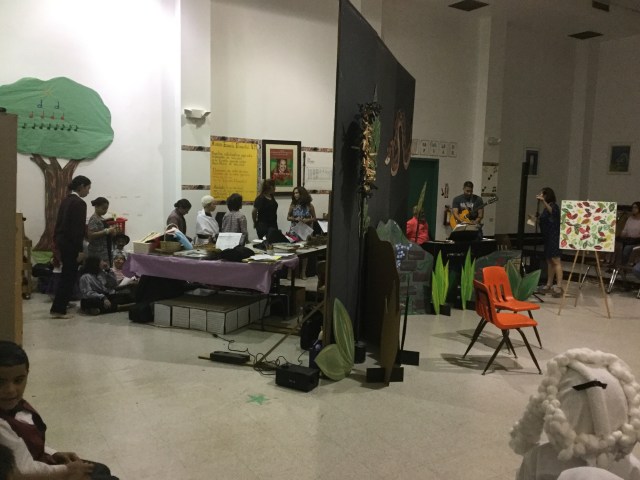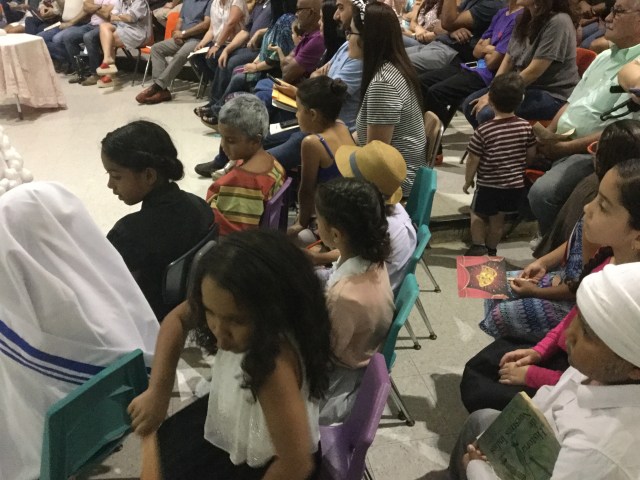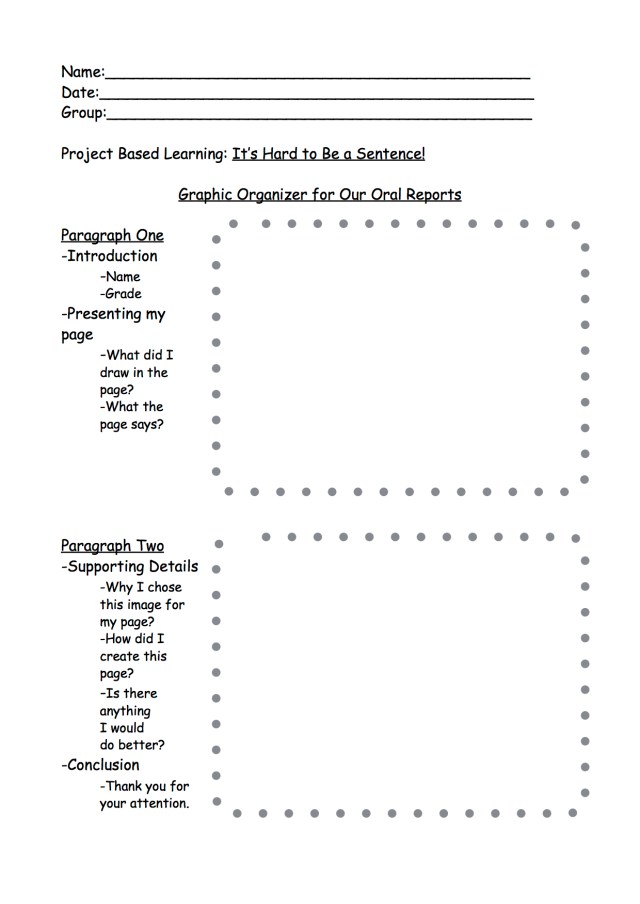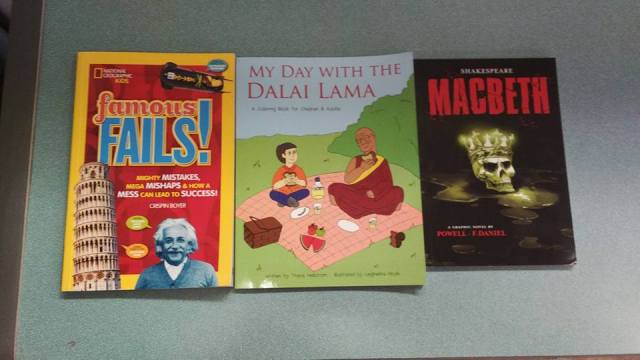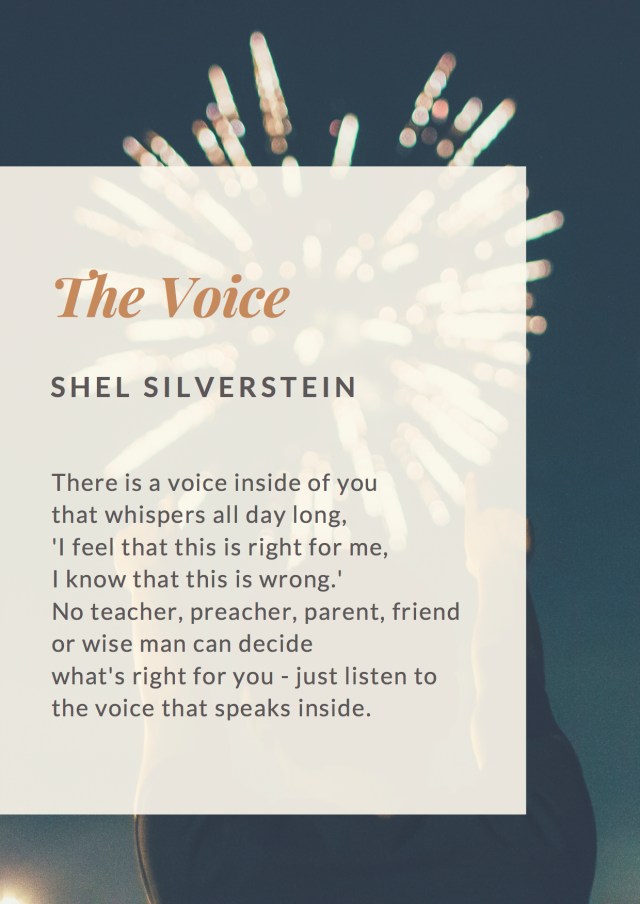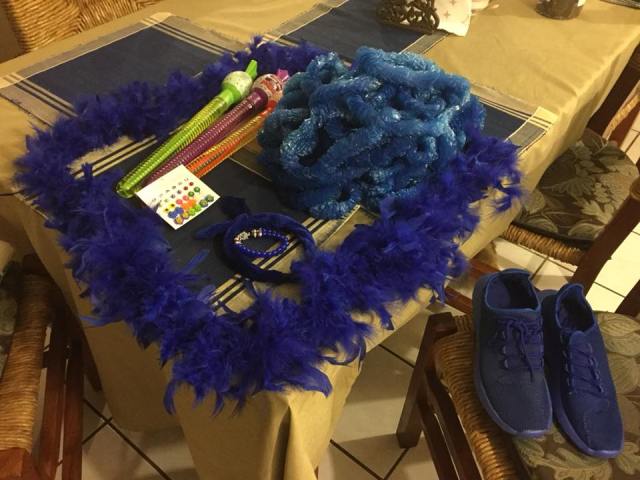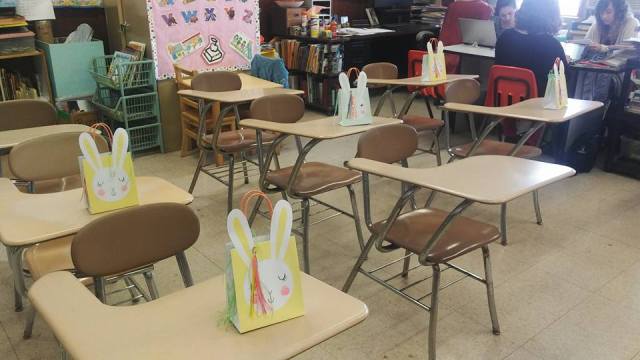During this week my third grade class completed the Project Based Learning (PBL) unit plan. Last Wednesday most students of third grade gave an oral presentation about the page they created. They presented themselves, presented their pages, explained why they created their pages the way they did, explained what media they used to create their pages, explained what they would do better in a next time and gave thanks to their classmates for their attention. Most used crayons and color pencils to make their pages. The most common details they said they would do better a next time is writing a bigger text, coloring the background and align the drawing better.
Yesterday we had the read-aloud of the product of the PBL, the e-book, with the third-grade students of the Luis Muñoz Rivera Elementary School, a public school that is just besides the UPR Elementary School. We had a lot of fun learning together! The Arts teacher was kind enough to let me give my class in his classroom. First, we discussed together what is a sentence and how do we usually recognize a sentence. Then I explained the process of creating a “sentence” as a protagonist character for our story: Mr. Sentence. Then I presented the tittle of the e-book: It’s Hard To Be A Sentence! I began to read-aloud the e-book with the help of the students, discussing how we can make Mr. Sentence happy. Through the story we discussed the characteristics of a written sentence, the parts of a complete sentence and the kinds of sentence of sentence. The kids participated actively from the beginning to the end of the read-aloud. After the read-aloud, some students wrote in the whiteboard examples of sentences that would make Mr. Sentence happy. They verified that each example was a complete sentence, they identified which kind of sentence each example was and they corrected the sentence If necessary. After that they had a time for sharing together a simple snack: gummy worms candy, bananas, Cameos, Oreos, Chips Ahoy and Capri Sun juice, besides the water that is always available at the classroom. I thought they would not eat all the bananas, but they did ate them all, around 25 very big bananas! Actually, they ate everything, as any happy kid would do.
Here are pictures of the read-aloud:
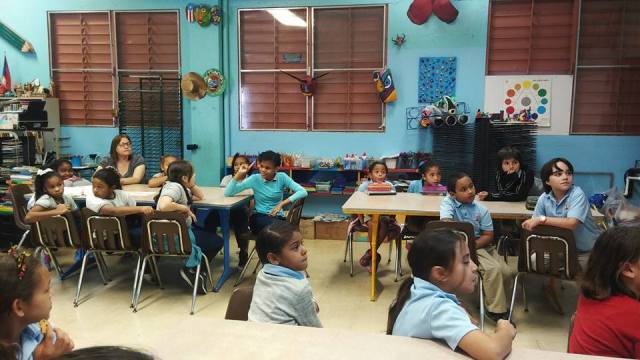
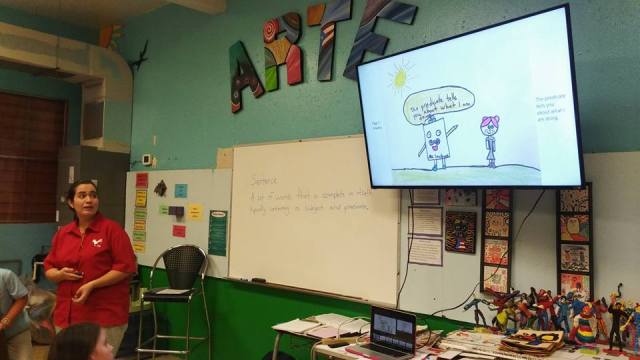

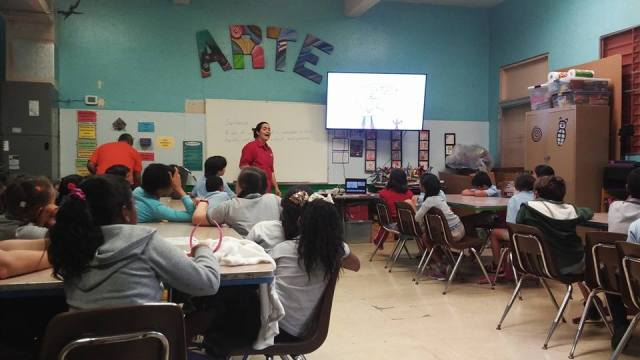


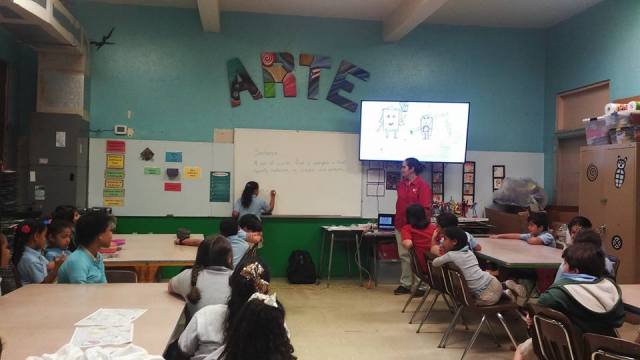
A few students that were not able to give their oral presentation on Wednesday gave it today. Today the students, all of them, also danced the Weekend song. Here is a video of part of the Weekend song:
p
We had a few free minutes today in class, so I asked the students to take a photo together for the e-book. They had casual day today, so today was a perfect day for a photo! Here are the pictures we took together:

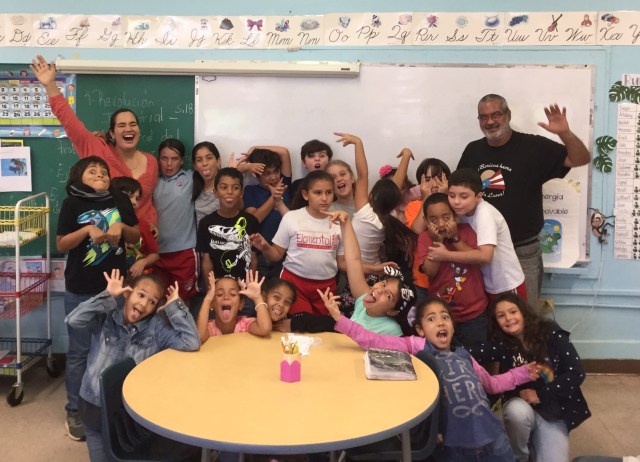
Besides sharing it with the students of the nearest elementary public school, the final product of this PBL, the e-book, will be shared with the student’s parents also, via email. I am in the process of gathering all the emails.
Now I am preparing to begin the final unit plan: verbs. It will begin on Monday with an effect of instruction instrument: an instrument to measure how much they know about a theme before beginning to discuss it. Those results are compared with the student’s results of the summative assessment, the evaluation after the theme had been discussed in class. I am enjoying so much my teaching practicum that beginning my last unit plan is a true pity to me. This semester had been truly short for me!
As a personal note, I must say that I am discovering that for me teaching is not only can be a professional vocation: it can be also a faith-based vocation. I believe that being able to teach is a gift given by God to serve others a Jesus did. As I had told in other blog posts, I usually do not talk to the students about my faith in order to let them embrace their own preferred beliefs, but even if I do not say nothing about my faith, I am “radiating” it through my personal formation, through my growth and my works. Discovering this way of living my faith, a way that is not ideological at all but “integractive”, based in helping to be, in helping to do, in helping to grow and in helping to radiate every human being unconditionally (as God does), beginning with my students, had been an amazing journey! I thought all this yesterday, while contemplating how the students were participating in the read-aloud and how to help them to understand better what we were discussing (they were having problems to distinguish between an imperative sentence and a declarative sentence because both may end with a period. I helped them to distinguish the content of an imperative sentence and the content of a declarative sentence). Yes, I am able to pray and teach at the same time without the students noticing it! This doesn’t mean I am perfect, I have a lot of things to improve, but that I am choosing to embrace teaching as a faithful service to my students, as Jesus served His disciples through obeying His Father in unity to the Holy Spirit. I am discovering that teaching can be an amazing way to cultivating faith, to live the works of mercy, to form my personal formation as a work of God’s Love and to grow in communion.
Let’s keep growing!

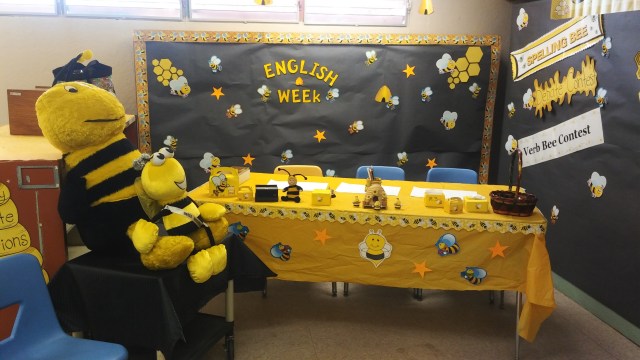
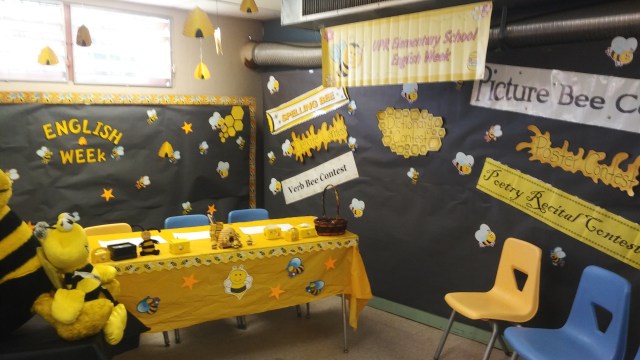
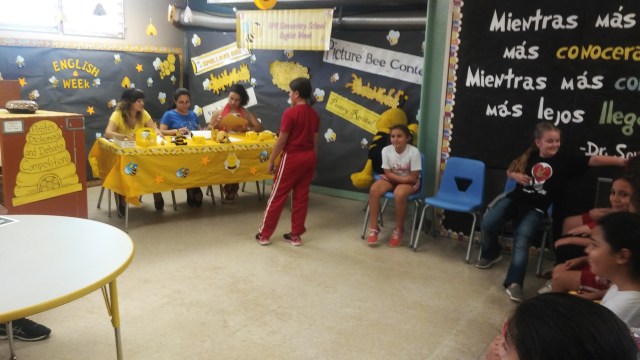



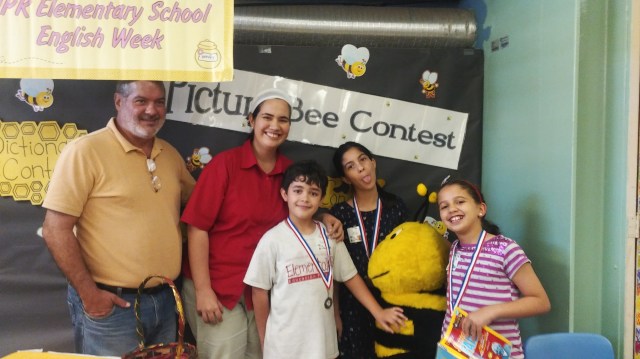

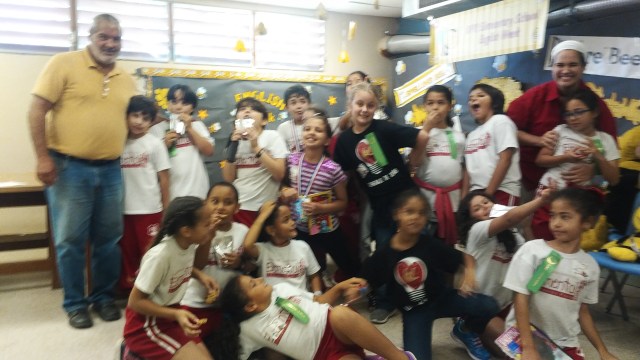


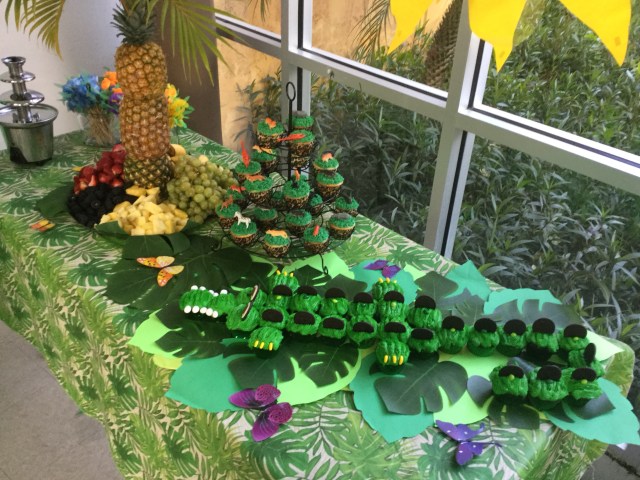

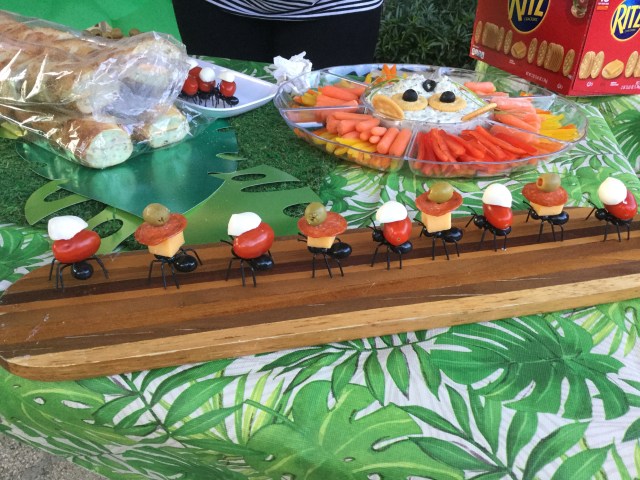
 The first activity of the night was a living museum (students dressed like some historical people). After that they participated in a play. After the play, they had a music recital with flutes. You can see in these photos how packed was the music classroom were all these activities happened!:
The first activity of the night was a living museum (students dressed like some historical people). After that they participated in a play. After the play, they had a music recital with flutes. You can see in these photos how packed was the music classroom were all these activities happened!:
